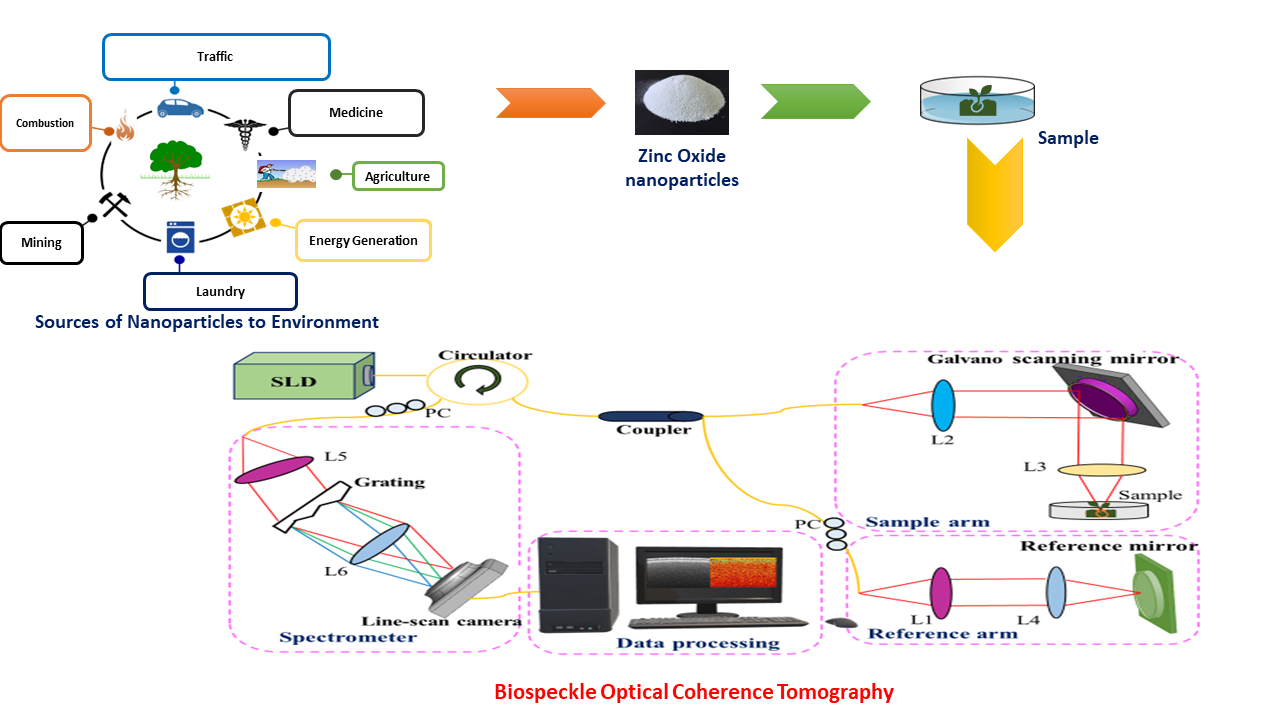Profile

Nationality : Indian
Keywords : Nanoparticles, Physics, Zinc Oxide (ZnO), Biospeckle, Optical coherence Tomography, Plant research
Research advisor : Prof. (Dr.) Hirofumi Kadono
Why I entered GSC program
The utilization of nanomaterials is increasing in prominence in the medical, industrial, as well as agricultural sectors. Nanotechnology has generated various types of nanoparticles with differences in size, shape, surface charge, and surface chemistry. Through industrial waste, many types of nanomaterials are released and have an impact on the environment. Several studies reported both positive and negative effects of nanoparticles on plants according to the size and dose of nanoparticles and plant species. Due to the uncertainty of nanomaterial’s impacts on seed germination and plant growth, the techniques for monitoring the response of plants to nanomaterials at an early stage are extremely important. I have joined the Green and sustainable chemicals (GSC) program because it provides a uniquely integrated and inquiry-based approach to research and problem-solving in the achievement of Sustainable Development Goals (SDGs), by monitoring and reducing the environmental impact of hazardous wastes, and chemicals through developing alternative and sustainable technologies. It provides solutions that are non-toxic or less toxic to terrestrial and aquatic ecosystems. I have given valuable insight into the synthesis and characterization of nanoparticles during my master’s research studies and developed a vested interest to know the impact of nanomaterials on plants and ecosystems. The GSC the program has been designed to meet up our academic and research requirements that alleviate the financial burden on the students and helps us to attain inquisitive analytical and technical skills for the development of cutting-edge technologies to contribute to environmental problems.
Research title
Visualizing the Impacts of Nanoparticles on the internal activity of Lentil Seeds using Biospekle Optical Coherence Tomography
Research abstract
An increasing need for nanotechnology in various industries may cause a huge environmental dispersion of nanoparticles. A concern about nanoparticle interaction with flora and fauna is raised due to a growing load of it in the environment. In general, the effect of seed germination and seedling growth from nanomaterials are assessed by destructive post-harvesting conventional measurements that require a relatively long period of time and are damaging to plants. The conventional methods are not conducive to the dynamic monitoring of different stages of the same sample. Hence, there is an immense need for the development of techniques that can monitor the effects of nanoparticles on plants speedily and noninvasively. Optical coherence tomography (OCT) is a non-invasive imaging interferometry method that maps 2D or 3D depth-resolved tomographic images of internal tissue structures with speed, quality, and high spatial resolution. We proposed Biospeckle Optical Coherence Tomography (bOCT), to observe the effect of Zinc Oxide nanoparticles (NPs) on the the internal activity of Lentil seeds. bOCT is a non-contact, non-destructive, in vivo monitoring technique to visualize the change in a biological object's internal activity. It has the potential to be a complementary technique along with the existing ones for rapid monitoring of plant responses to the nanoparticles at an early stage and may be facilitating the development of phytoremediators.
Graphical abstract




